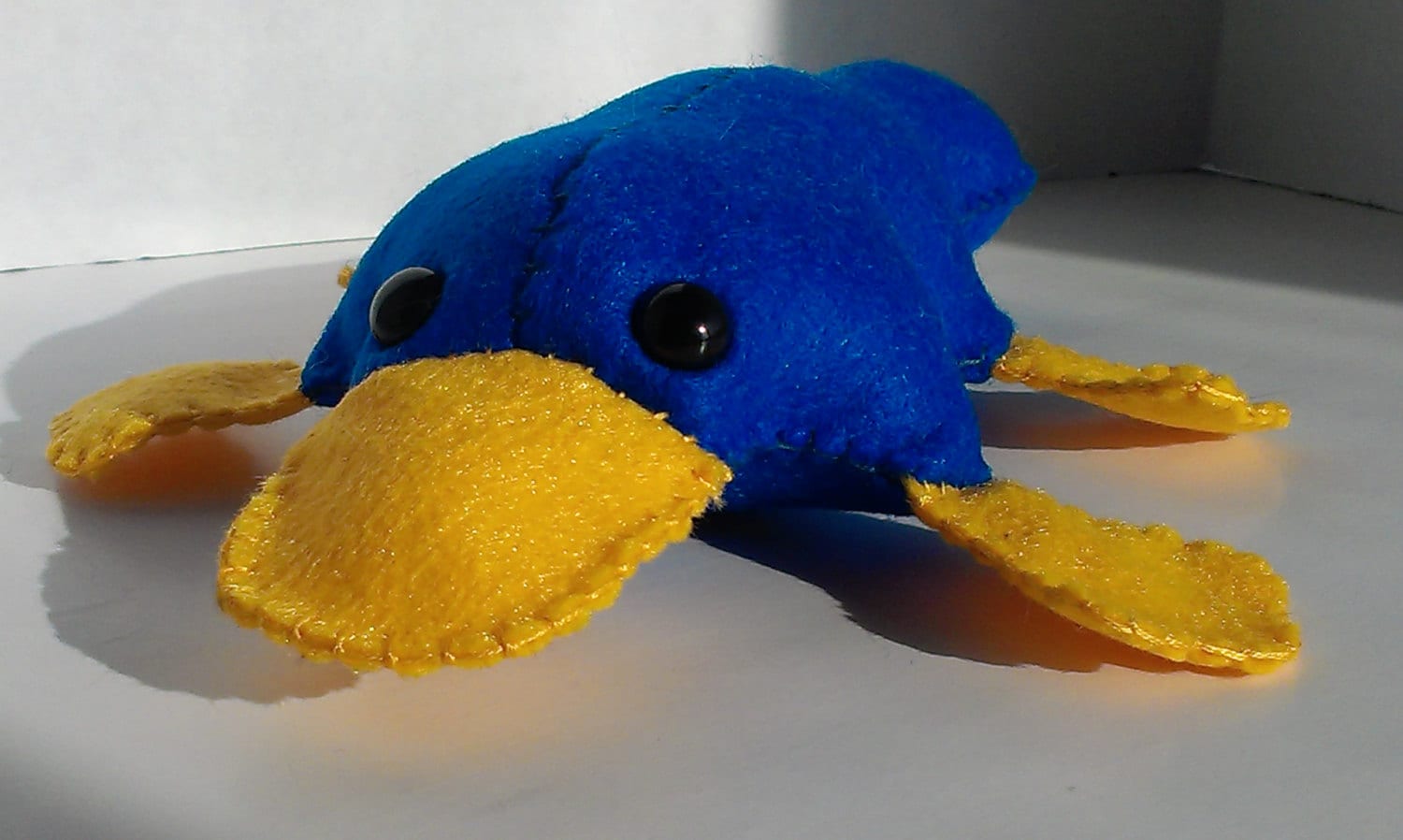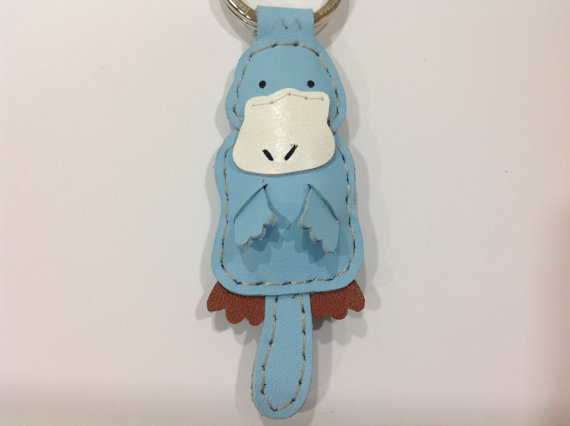

“It was a mix of serendipity and curiosity that led us to shine a UV light on the platypuses at the Field Museum,” recalled biologist Paula Spaeth Anich from Northland College. But if they also have glowing fur, the trait might be far more ancient and potentially more common among mammals than we thought. Australia’s hidden glowsĭespite being home to some of the most primitive mammals on Earth, relatively little attention has been paid to biofluorescence in Australia’s animals. However, they are separated from these other animals by some 150 million years of evolution. Like flying squirrels and opossums in North America, platypuses in Australia are also active at night. This is also when UV light is at its strongest, which suggests the trait might be common among mammals most active at night, dawn, or dusk. One of the only things the opossum and squirrel share in common is their nocturnal lifestyles. While conducting a night survey of lichens, researchers were amazed to turn their LED torch on a bright, bubble-gum pink flying squirrel. But it wasn’t until 2017, and by complete accident, that researchers uncovered something similar in North America’s flying squirrels (Glaucomys), which are categorized as placental mammals. Two years later, the first fluorescent frog was found unexpectedly, and the team advised others to “start carrying a UV flashlight to the field.”Īmong mammals, the first example of biofluorescence was reported in 1983 in the Virginia opossum, the only marsupial in North America.

In 2015, for instance, scientists chanced upon the first fluorescent sea turtle while looking for glowing coral. Many discoveries to date were simply happenstance. It’s only recently, however, that scientists have begun to actively track down examples in the animal kingdom. Over the centuries, biofluorescence has been reported in various plants, fungi, fruits, flowers, insects, and birds. “These taxa, inhabiting three continents and a diverse array of ecosystems, represent the major lineages of Mammalia.” A male platypus museum specimen collected from Tasmania, Australia, photographed under visible light and 385–395 nm ultraviolet light, and with and without a yellow lens filter. “Biofluorescence has now been observed in placental New World flying squirrels, marsupial New World opossums, and the monotreme platypus of Australia and Tasmania,” the authors wrote. The recent discovery has not been found in any other monotreme species, and it has scientists wondering: Have we been overlooking an ancient world of fluorescent fur? Under an ultraviolet lamp, this bizarre-looking creature appears even more peculiar than normal, glowing a soft, greenish-blue hue instead of the typical brown we’re used to seeing. Scientists are seeing the Australian platypus in a whole new light. Visit Business Insider’s homepage for more stories.


Toys platypus plushies are good for adults to talk with and adults, and they can just hugging or petting a big plushy toy to relieve stress. Buy mini platypus plushies or small platypus plushies in bulk for your customers to relieve stress and whileieve are at the best. Often these toys are designed for children, but they can also be popular among adults that are hugging or petting a big plushy toy to relieve stress. Manufacturers and exporters on offer a variety of platypus stuffed animals in different shapes, sizes, and colors, as their name implies, both adults and children. Having a cute toy that looks like a car or truck, kids can add both of them to their catalogs.


 0 kommentar(er)
0 kommentar(er)
